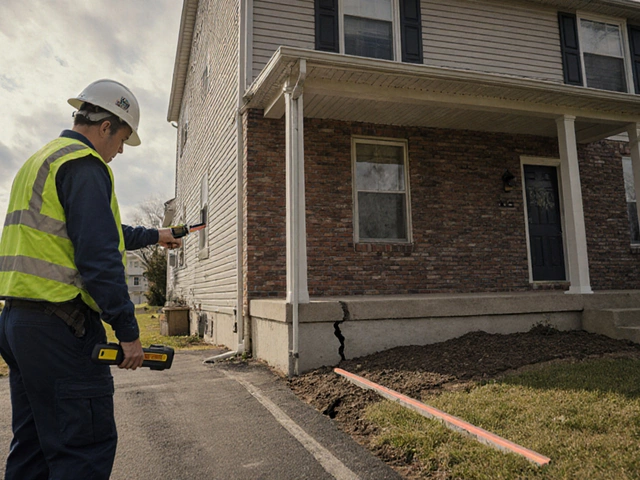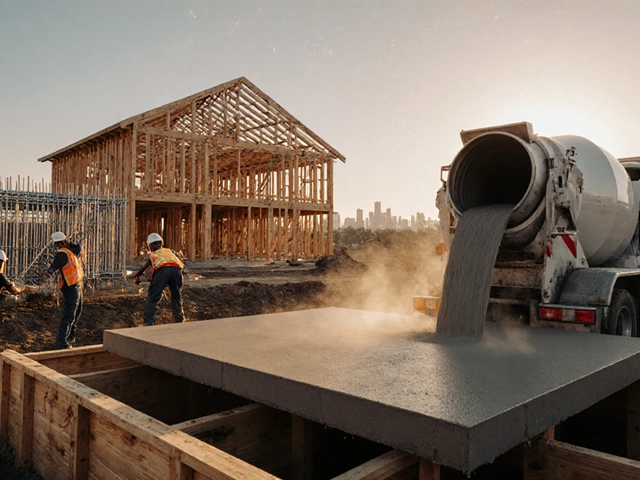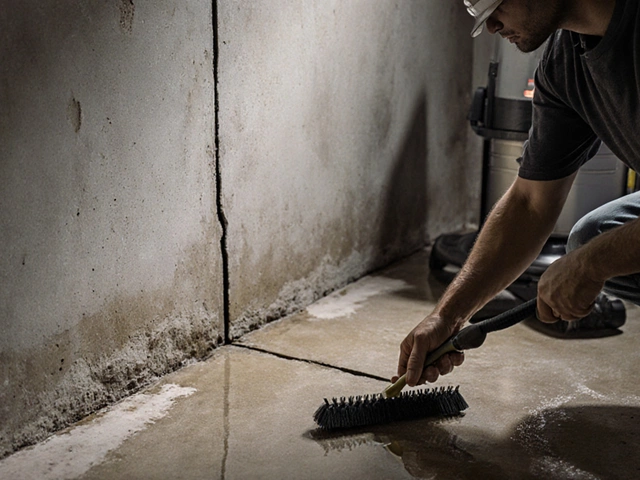House Repair Made Simple – Tips, Tools, and When to Call a Pro
Every homeowner bumps into something that needs fixing – a crack in a wall, a leaky roof, a squeaky floor. The good news is most of these issues are fixable without breaking the bank. The bad news? It’s easy to waste time or money if you don’t know where to start.
Below you’ll find the most common repair spots, a handful of DIY tricks that actually work, and clear signs that it’s time to call an expert. Grab a notebook and let’s get your house back in shape.
Common Repair Areas You’ll Face
Foundation cracks. Small hairline cracks can sometimes be sealed with epoxy, but wide gaps or movement usually mean a professional should check the soil and structural support. Ignoring this can let water in and cause serious damage.
Roof leaks. Look for water stains on ceilings, missing shingles, or rusted flashing. A quick tarp can hold off a storm, but a proper roof replacement or repair is needed if the deck is rotted.
Flooring problems. Loose boards, squeaks, or uneven tiles often point to sub‑floor issues. Tightening screws or adding a layer of underlayment can solve many squeaks, but if the joists are damaged you’ll need a carpenter.
Bathroom fixtures. Leaky taps or a running toilet waste water and raise bills. Most faucet repairs are a few minutes with a wrench, while a faulty flush valve usually calls for a quick part swap.
Exterior walls. Crumbling mortar or cracked brick lets wind and moisture in. Repointing mortar is a simple weekend job with the right tools; big gaps, however, need a mason’s expertise.
DIY Fixes vs. Professional Help
Know your limits. If you have basic tools – a drill, screwdriver set, level, and a good pair of gloves – you can tackle many small jobs. Here’s a quick rule of thumb: if the repair involves structural integrity (foundations, load‑bearing walls, roof deck) call a pro. If it’s about surface work (painting, sealing cracks, minor plumbing), DIY is usually fine.
Start with a clean, dry surface. For a foundation crack, clean out loose debris, apply a concrete epoxy, and let it cure per the label. For a leaky faucet, turn off the water, swap the worn O‑ring, and test before you finish.
Safety first. Use a sturdy ladder, wear eye protection, and never work on a roof in wet conditions. If you feel uneasy, pause and get a quote. Most contractors will give a free estimate, and a quick call can save you from a costly mistake.
Keep records. Take photos before and after each repair, note the date, and store receipts. This helps if you later decide to sell the house – buyers love documented maintenance.
In short, most house repair tasks start with a quick inspection, a clear plan, and knowing when to step back. With the right approach, you’ll keep your home safe, save money, and avoid the headache of bigger problems down the road.
Cracked Foundation: Should You Stay or Move? Real Talk on Living with Foundation Issues

Is it safe living in a house with a cracked foundation? Discover expert tips, safety risks, and repair options to protect your home and wallet.
read more



